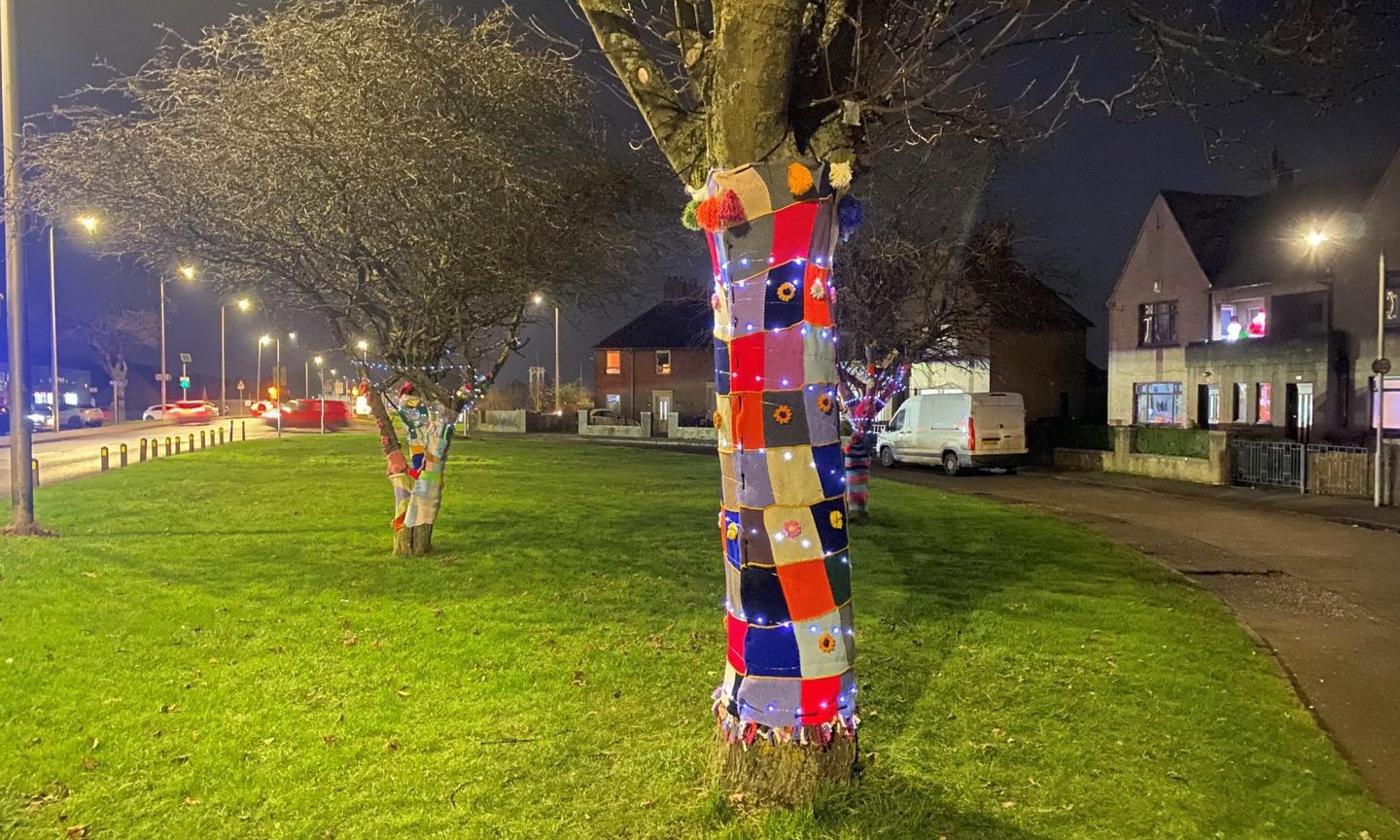The group behind ambitious plans for a new dual purpose visitor centre to showcase two of the country’s most famous steam locomotives have taken aim at council planners after they turned their blueprint down.
Trustees of the Cameron Trust have expressed “great disappointment” at Fife Council’s rejection of their planning application for a new open farm and visitor centre which would have created six jobs at former ScotRail chairman John Cameron’s land at Balbuthie near Kilconquhar.
The trust’s vision was not only to give local groups and schools access to the farm for educational purposes but also to put on display Mr Cameron’s historic locomotives Union of South Africa and The Great Marquess – both of which will effectively be taken out of service next year.
The locomotives are of great interest to railway enthusiasts across the world, with Union of South Africa being chosen to pull the Queen’s carriages to celebrate the opening of the Borders Railway a few years ago.
However, the local authority’s decision to reject the trust’s plans – suggesting it would be an “unacceptable” development in the countryside – has now put a huge question mark over what will become of the much loved locomotives.
Finlay Clark, a spokesman for the trustees, told The Courier that the decision appears contrary to the Land Planning Policy statement recently announced by First Minister Nicola Sturgeon which highlighted the need to create more opportunities for primary school children to visit farms.
“It is deeply regretted that Fife Council have sought to reject an application which has been painstakingly put together and submitted in the belief that a full and compliant proposal had been lodged,” he said.
“It is extremely disconcerting that a project which requires no public funding and which would stimulate economic activity and six permanent jobs, as well as providing a free educational and research facility and tourist facilities, has been rejected.”
Mr Finlay went on to say that the trustees would need to take “careful stock” of the situation but the immediate sentiment was one of “deep regret and the feeling that a great opportunity for economic development, jobs, education and a showcase of industrial heritage had been potentially lost to Fife and Scotland”.
John and Margaret Cameron’s plans to build the visitor centre aimed to provide agricultural students and school children – as well as the general public – with free access to a high quality educational agricultural and farm tour experience facility which promotes farming in Scotland.
The intention was also to give free entry to people to view and enjoy Mr Cameron’s two famous mainline steam railway engines, which have spent their entire working lives from depots in Scotland, one of them being kept at Thornton in Fife.
Pam Ewen, planning chief officer at Fife Council, defended the planning service’s handling of the application.
She said: “Fife Council planning service has fully considered all the aspects of this proposal including the detailed supporting information submitted with the application.
“While we are keen to promote and encourage new investment and farm diversification projects to support the rural economy, having assessed the details of this proposal it is not considered to comply with the Planning Policy criteria relevant to such developments in the countryside.”














